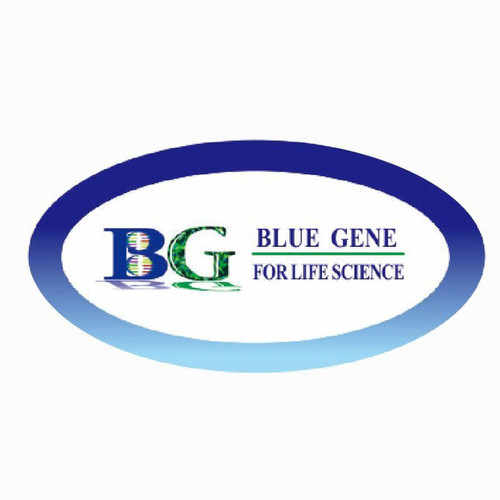Product Description
Rabbit Indolethylamine N-methyltransferase (INMT) ELISA Kit | AE60758RB | Abebio
Species Reactivity: Rabbit (Oryctolagus cuniculus)
Abbreviation: INMT
Alternative Name: MGC125940; MGC125941; amine N-methyltransferase|aromatic alkylamine N-methyltransferase|arylamine N-methyltransferase|nicotine N-methyltransferase|thioester S-methyltransferase-like
Application: ELISA
Range: 12.35-1000 pg/mL
Sensitivity: 4.88 pg/mL
Intra-Assay: ≤4.1%
Inter-Assay: ≤8.8%
Recovery: 0, 87
Sample Type: Serum, Plasma, Other biological fluids
Detection Method: Sandwich
Analysis Method : Quantitive
Test Principale: This assay employs a two-site sandwich ELISA to quantitate INMT in samples. An antibody specific for INMT has been pre-coated onto a microplate. Standards and samples are pipetted into the wells and anyINMT present is bound by the immobilized antibody. After removing any unbound substances, a biotin-conjugated antibody specific for INMT is added to the wells. After washing, Streptavidin conjugated Horseradish Peroxidase (HRP) is added to the wells. Following a wash to remove any unbound avidin-enzyme reagent, a substrate solution is added to the wells and color develops in proportion to the amount of INMT bound in the initial step. The color development is stopped and the intensity of the color is measured.
Product Overview: Indolethylamine N-methyltransferase (INMT) catalyzes the N-methylation of tryptamine and structurally related compounds.The predicted 263-amino acid human INMT protein contains the signature sequences of methyltransferases, referred to as RI, RII, and RIII. Human INMT shares 88% amino acid sequence identity with rabbit INMT, 58% identity with mouse thioether methyltransferase, 53% identity with both human and mouse nicotinamide methyltransferase (NNMT), and 38% identity with human phenylethanolamine N-methyltransferase (PNMT) . The INMT gene is 5, 471 bp in length and contains 3 exons. Northern blot analysis detected an approximately 2.7-kb INMT transcript in most of the 35 human tissues tested, with highest expression in adult thyroid, adult adrenal gland, adult lung, and fetal lung.
Stability: The stability of ELISA kit is determined by the loss rate of activity. The loss rate of this kit is less than 5% within the expiration date under appropriate storage condition. The loss rate was determined by accelerated thermal degradation test. Keep the kit at 37°C for 4 and 7 days, and compare O.D.values of the kit kept at 37°C with that of at recommended temperature. (referring from China Biological Products Standard, which was calculated by the Arrhenius equation. For ELISA kit, 4 days storage at 37°C can be considered as 6 months at 2 - 8°C, which means 7 days at 37°C equaling 12 months at 2 - 8°C) .
 Euro
Euro
 USD
USD
 British Pound
British Pound
 NULL
NULL












